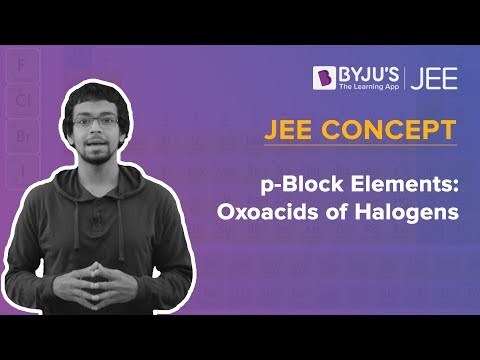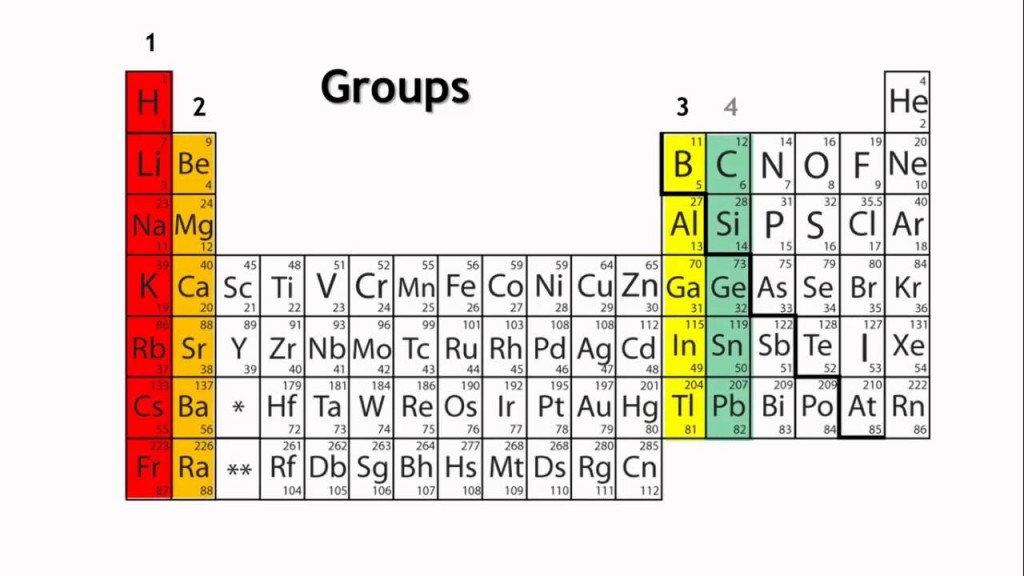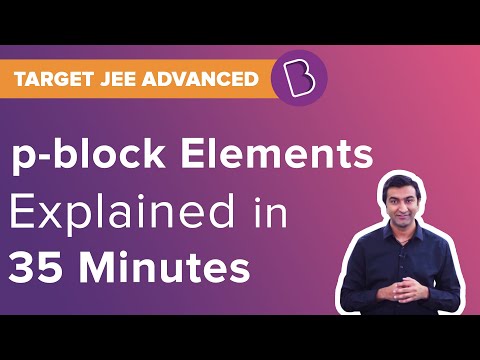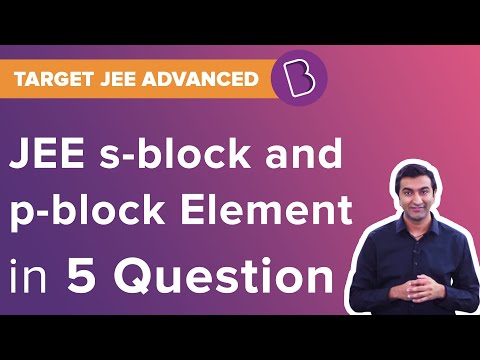According to the CBSE Syllabus 2023-24, this chapter has been removed from NCERT Class 12 Chemistry textbook.
CBSE Class 12 Chemistry Chapter 7 Notes: P- Block Elements
The elements from groups 13 to 18 in the periodic table are p-Block elements. They have a valence shell electronic configuration ns2np1–6. Since we have already discussed the group 13 and 14 elements in the previous class, therefore, we will be covering the remaining groups of p-Block elements in this chapter.
Students can refer to the short notes and MCQ questions along with separate solution pdf of this chapter for quick revision from the links below:
- P-block elements Study Notes
- P-block elements MCQ Practice Questions
- P-block elements MCQ Practice Solutions
Group 15 Elements
The group 15 elements have electronic configuration ns2np3. The elements present in this group are Nitrogen, Phosphorous, Arsenic, Antimony, and Bismuth. Nitrogen is different from other elements of this group as it is small in size, and it forms multiple pπ–pπ bonds with itself as well as highly electronegative atoms. Elements of this group show a series of properties, such as
- They exhibit two crucial oxidation states, +5 and +3.
- They react with halogen, oxygen, and hydrogen
For more information on p-Block Elements, watch the below video

CBSE Class 12 Chemistry Chapter 7 The p-Block Elements – Related Links
- The p-Block Elements: Group 15 – Trends in Physical and Chemical properties
- The p Block Elements: Group 15
- Electronic Configuration – Group 15 Elements
- Oxidation State of group 15 elements
- Group 16 Elements Of Modern Periodic Table
- Oxidation state of Group 16 Elements: The Chalcogens
- Electronic configuration of group 16 elements in the modern periodic table
- Halogens and its Oxidation State
- Occurrence Of Group 18 Elements
- Group 18 Elements – Characteristics of Noble Gases
Group 16 Elements
The elements of group 16 have an electronic configuration of ns2np4 and have a maximum oxidation state of +6. It has varying chemical and physical properties. The preparation of dioxygen in the laboratory is carried out by heating KClO3 in the presence of MnO2.

Occurrence of group 16 elements of the modern periodic table
Group 17 Elements
The elements of group 17 are found only in the combined state and are highly reactive. The elements that belong to this group are Fluorine, Chlorine, Bromine, Iodine, and Astatine. Their highest oxidation state is +7, whereas the common oxidation state is -1.
Group 18 Elements
The elements of group 18 are noble gases. Their valance shell electronic configuration, except Helium, is ns2np6. The electronic configuration of He is 1s2.
Few Important Questions
- Distinguish between red phosphorus and white phosphorus.
- How many oxoacids does fluorine form? Why?
- Explain the manufacturing of sulphuric acid by the contact process.
- Does the reactivity of phosphorous differ from nitrogen? Explain in detail.
- What are the different chemical reactions involved in the preparation of nitrogen in the laboratory?
| Also Access |
| NCERT Solutions for Class 12 Chemistry Chapter 7 |
| NCERT Exemplar for Class 12 Chemistry Chapter 7 |
To discover more about this chapter and to avail notes of p-Block Elements Class 12, register with BYJU’S now!
For more questions on p-Block Elements, watch the below videos


Other Important Links:
| Group 18 Elements Characteristics | Oxidation State Group 17 |
Frequently Asked Questions on CBSE Class 12 Chemistry Notes Chapter 7 p-Block Elements
How many elements are present in the p-Block?
There are 35 p-block elements, all of which are in p orbital with valence electrons.
What is a halogen?
Any of the five elements fluorine, chlorine, bromine, iodine and astatine form part of group VII A of the periodic table and exist in the free state normally as diatomic molecules.
What is Oxoacid?
An oxoacid (oxyacid) is an acid that contains oxygen.
Comments